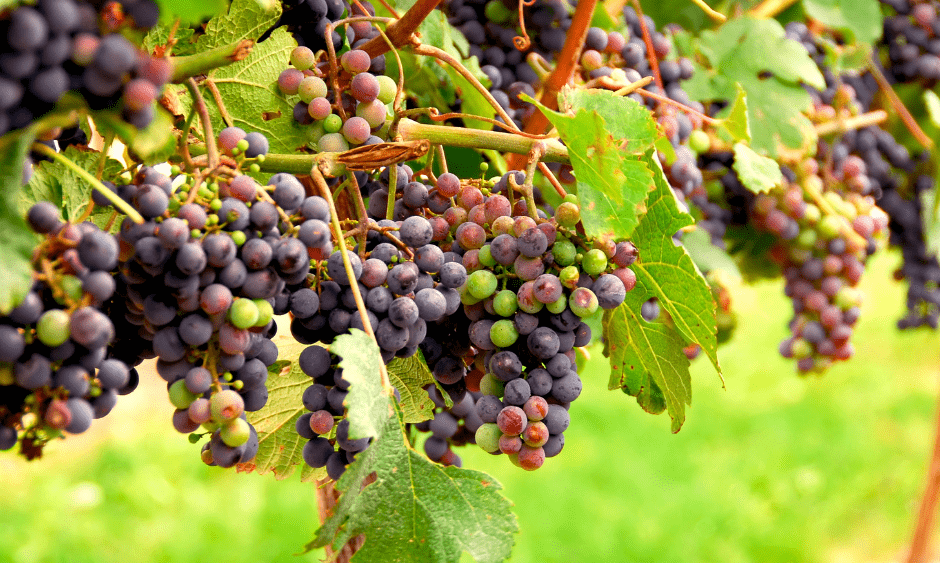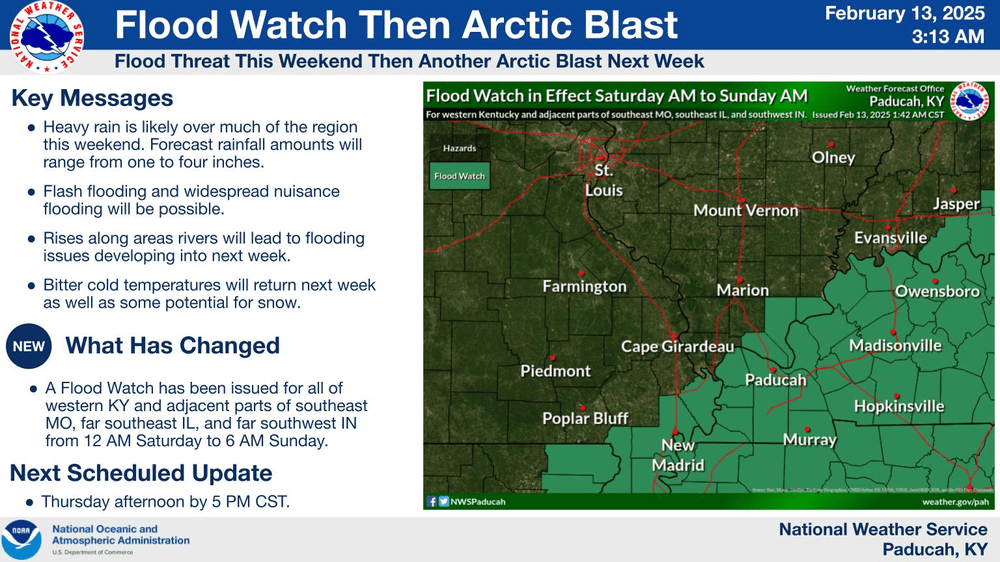Grapes are sturdy plants. They stubbornly withstand drought and can succeed even in rocky, infertile soils. Given reasonable care, grape vines remain productive for 20 to 30 years. For the best use, train grapes along an existing border fence or trellis. This serves to set off property boundaries, add privacy, screen undesirable views or add landscape interest.
The type of landscape use, amount of leisure time available, and desire for fruit are considerations in determining the number of vines you should plant. Weeding, pruning, tying and spraying are necessary cultural operations. In most instances, 6 to 12 grape plants are enough. Each mature plant should produce about 10 to 12 pounds of fruit.
Because nurseries offer a number of cultivars, you have a choice of fruit colors, flavors, ripening times and culinary uses. Choose disease-resistant cultivars when possible. The University of Kentucky researches varieties of grapes and other fruits. For backyard use, cultivars of American and French Hybrids are generally recommended.

These include Buffalo, Steuben, Concord, Sunbelt (blue); Niagara (white); Alden, Catawba (red); Marquis, Neptune (white seedless); Mars, Jupiter (blue seedless); and Reliance (red seedless). Now is a great time to determine your varieties and place your order before planting in late winter or early spring or as soon as the soil can be worked. Early-set plants are better able to withstand summer weather extremes. Deep spading or tilling may be required if the area is heavily sodded, compacted or needs corrective fertilizer treatments. A soil test will indicate whether a nutrient deficiency exists.
Vigorous one-year-old plants are best. Nurseries list these as One Year or No. 1’s. Two-year-old plants are more expensive and generally do not grow any better than one-year-old plants. Purchase from a reputable nursery that guarantees high-quality plants that are true to name and disease free.
When your plants arrive inspect the roots and cut off broken or damaged portions. Also shorten excessively long roots. Set the plants at about the same depth as they grew at the nursery. With most cultivars trained to a cordon system, 8 feet between plants is desirable. Cover the roots with topsoil and pack to eliminate pockets of air and to ensure good root-soil contact. Some additional tamping should be done as the hole is filled. Leave a shallow basin around the plant and fill it with water. This will settle the soil around the roots as well as supply needed moisture. Later fill the hole until it is level with the surrounding soil. No fertilizer is necessary at planting and fertilizer placed in the hole may be injurious to the plant.
Mulches of various kinds can be used to create a more desirable landscape effect. Avoid most rich, organic mulches because they may release nitrogen too long into the season and contribute to uneven ripening, over-vigorous canes and poor winter hardiness.
Observation and judgment should guide you to determine the amount of fertilizer used for established grapes. Your goal should be to maintain plants as moderately vigorous and productive and to avoid excessive or weak growth. Fruiting canes should be 1/4 to 3/8 inch in diameter (slightly larger than a pencil) and 4 to 6 feet long. Vary your fertilizer rate in accordance with the growth observed.
Several pests are common to grapes therefore some form of pest management is necessary to consistently grow good-quality fruit. The grape berry moth is a small greenish larva that feeds on the berries. Small, wedge-shaped jumping insects, called leafhoppers, feed on grape foliage. Mealybugs and flea beetles also can cause injury. A fungus disease, called black rot, is widely prevalent and often damaging. The disease first attacks the foliage and later spreads to the fruit. Infected berries soon become blackened, shriveled and worthless. Other fungal diseases are downy and powdery mildews. Fungal diseases usually thrive in dense foliage that does not dry quickly, necessitating chemical control. Appropriate pruning and training that encourages light penetration and air movement will help eliminate or decrease the severity of these diseases.
Color is one indicator of maturity in bunch grapes. A change in seed color from green to brown is another signal that grapes are ready for harvest. Grapes must be closely watched near harvest as several problems may arise just before picking. Some cultivars may shatter from the bunch just before their peak of ripeness. Excessive rains during harvest may cause splitting of skins. Birds also enjoy grapes and may strip the ripened ones from the vines. If bird damage is likely, netting can be used to cover the vines as ripening approaches.
Whether for making jellies, desserts or just for eating fresh grapes, a backyard vineyard can be an attractive and unique addition to your landscaping.
— Kelly Jackson, Christian County Extension Agent






